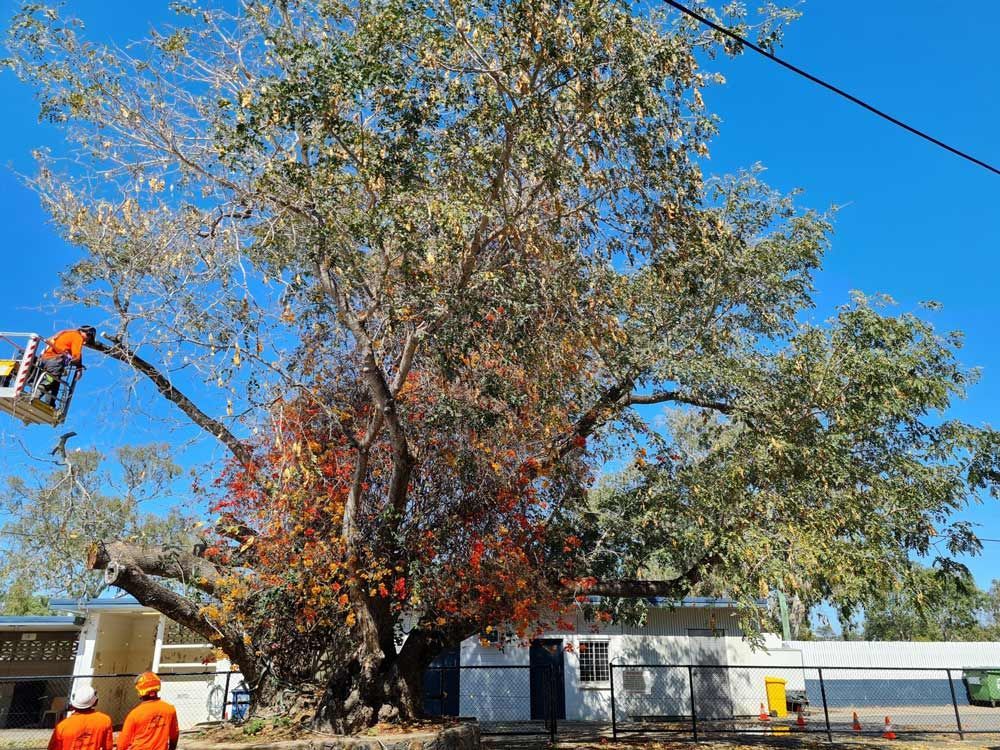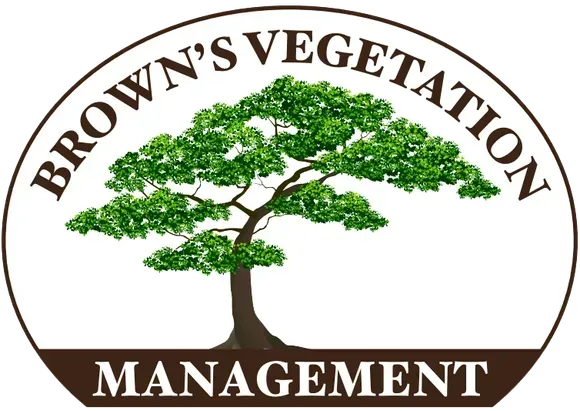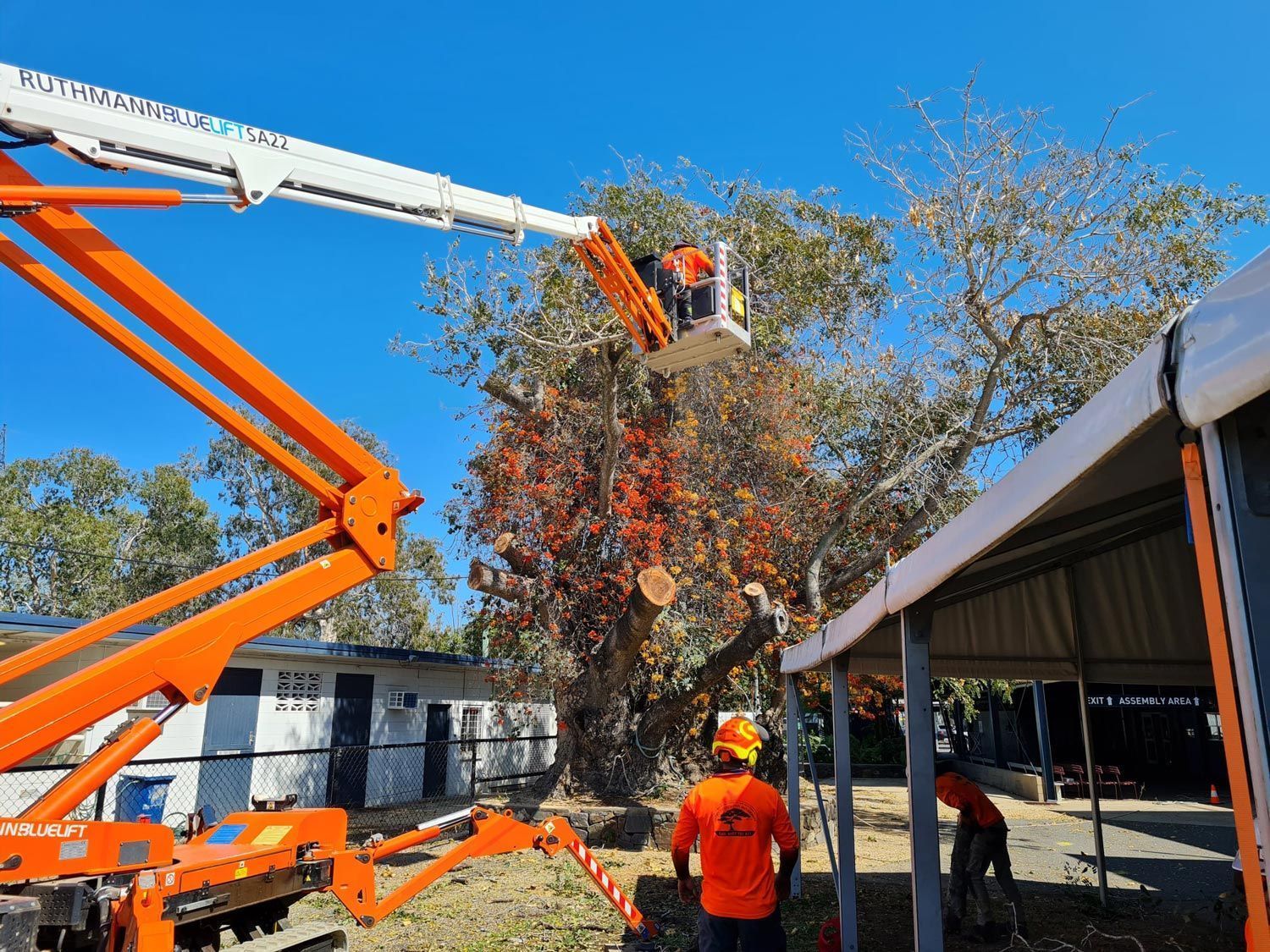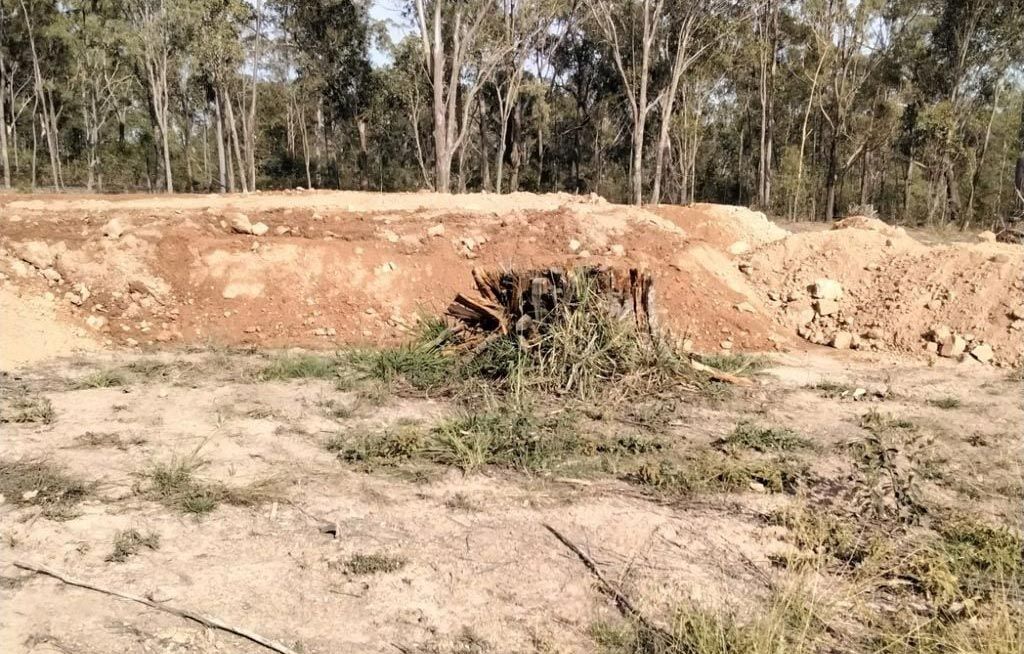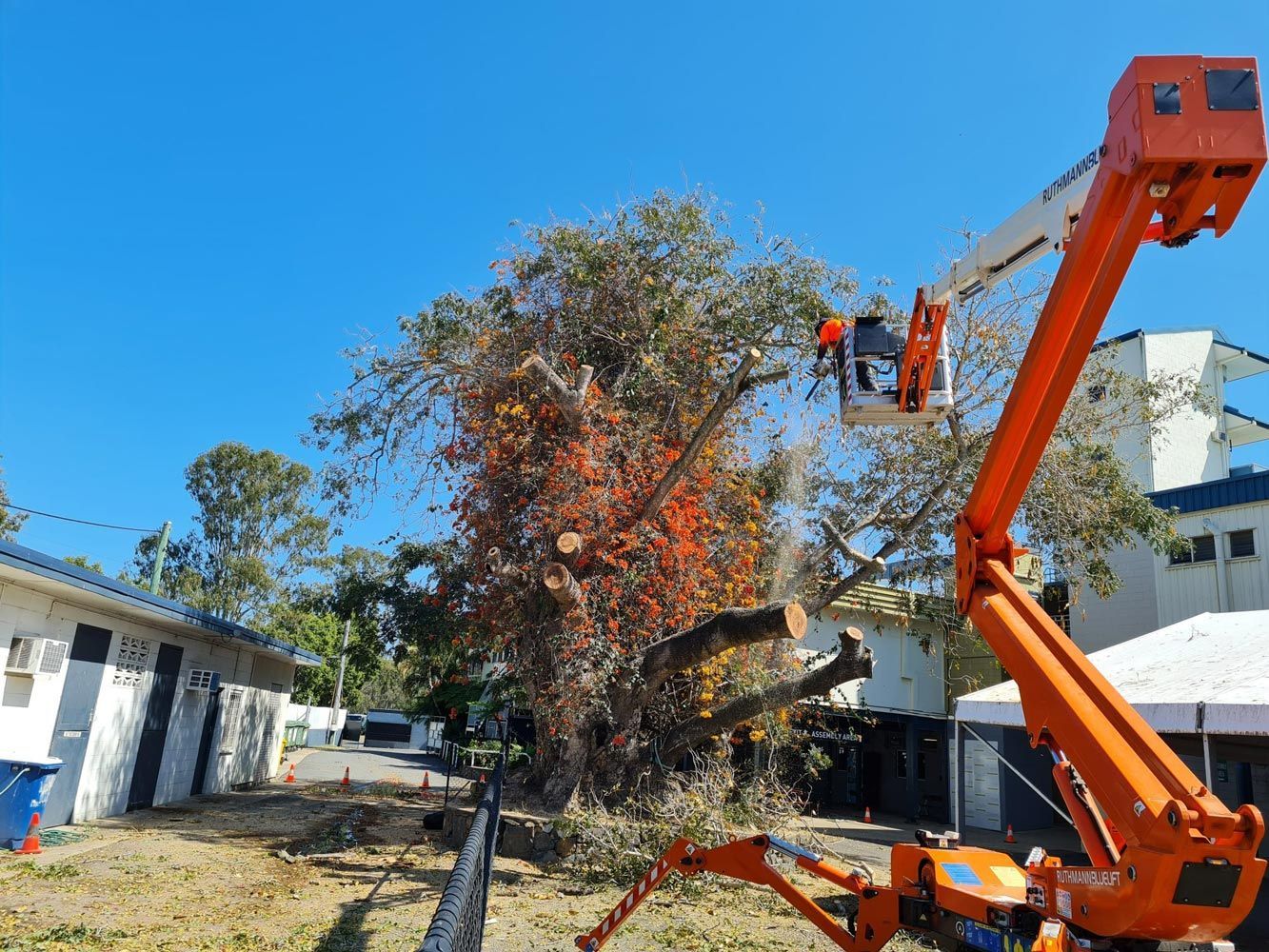What Is Earthmoving?
Earthmoving is an essential process in several industries, including construction, mining and agriculture. It’s a complex process that involves the use of heavy machinery to create a flat surface, excavate a foundation or construct a new structure. In this blog, we’ll explore the basics of earthmoving, its benefits and how it’s used in different industries.
What is Earthmoving?
Earthmoving is a process that involves the use of heavy machinery to move large quantities of soil, rock and other materials from one place to another. This process is typically carried out using specialised equipment such as bulldozers, excavators, graders and backhoes. These machines are operated by highly skilled operators who use them to perform a variety of tasks such as digging, grading, excavating and levelling the ground.
Benefits of Earthmoving
Earthmoving offers several benefits, including:
- Improved Safety: By flattening and levelling the ground, earthmoving helps to create a safer work environment for workers. This is especially true in the construction industry, where uneven ground can pose a significant risk to workers.
- Increased Efficiency: Earthmoving helps to improve the efficiency of construction projects by reducing the time and effort required to prepare the ground. With the use of heavy machinery, large areas can be cleared and prepared quickly and efficiently, allowing for construction projects to progress more rapidly.
- Enhanced Productivity: By creating a level and stable foundation, earthmoving helps to ensure buildings and structures are constructed correctly the first time. This reduces the need for costly repairs and rework, improving productivity and minimising project delays.
- Greater Flexibility: Earthmoving allows for greater flexibility in design and construction. By creating a level and stable foundation, structures can be built on a wider range of terrains and in a greater variety of locations.
Uses of Earthmoving in Different Industries
Construction: Earthmoving is a critical part of the construction industry, used to prepare the ground for building projects. This includes digging foundations, levelling the ground and creating access roads and parking areas.
Mining: In the mining industry, earthmoving is used to extract minerals and other materials from the earth. This includes excavating and removing overburden, digging out ore bodies and creating access roads and haulage routes.
Agriculture: Earthmoving is used in agriculture to level and prepare the ground for planting crops. It’s also used to create drainage systems and irrigation channels.
Landscaping: Earthmoving is used in landscaping to shape the land and create gardens, parks and other outdoor spaces. This includes levelling the ground, creating water features and building retaining walls.
